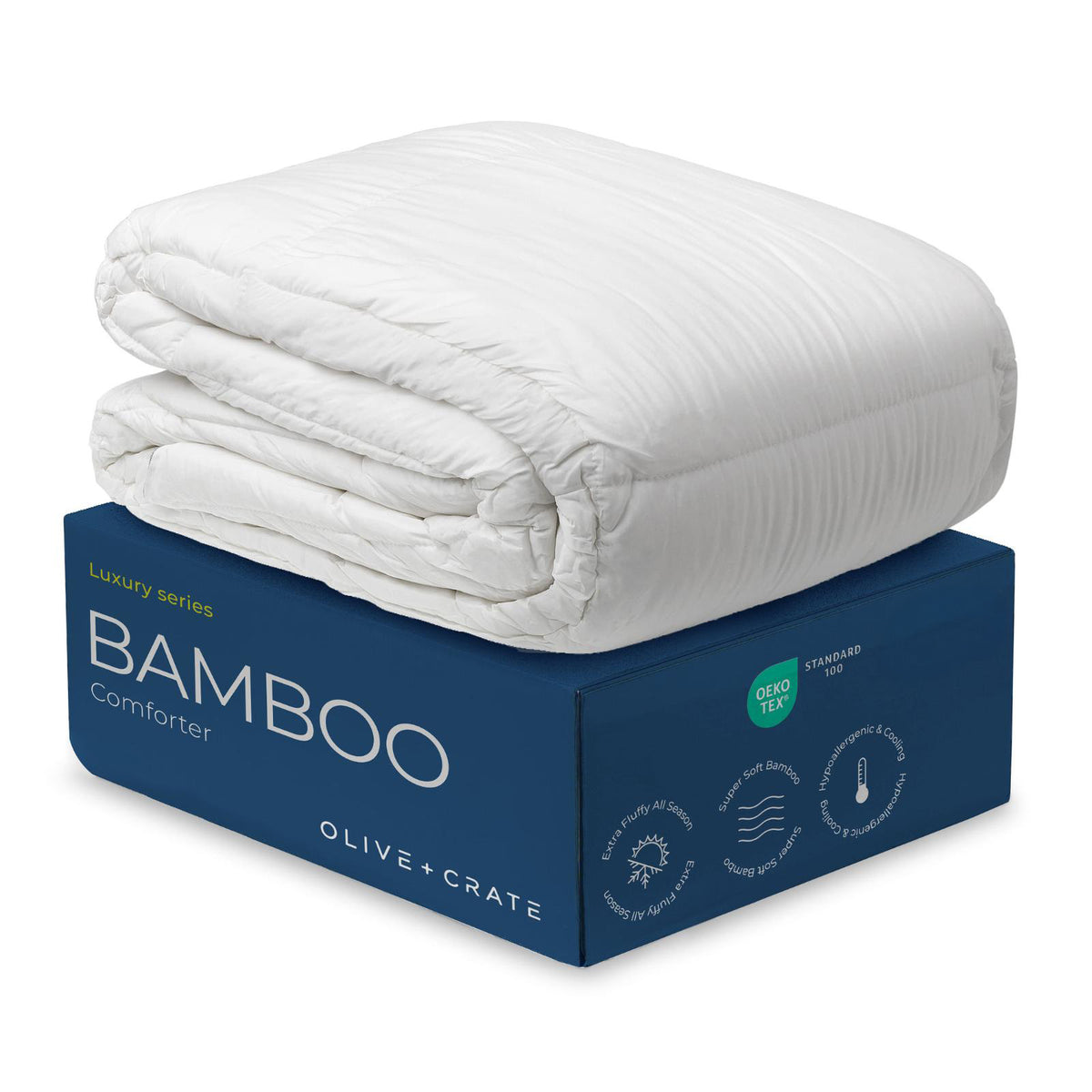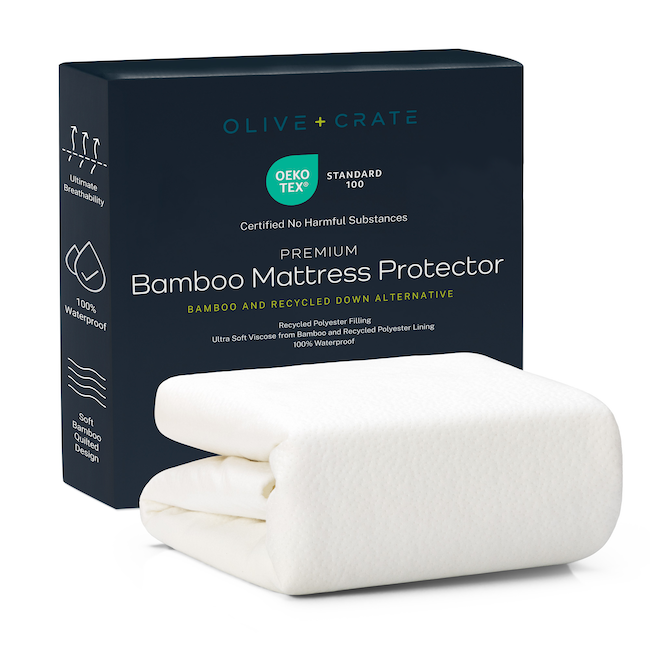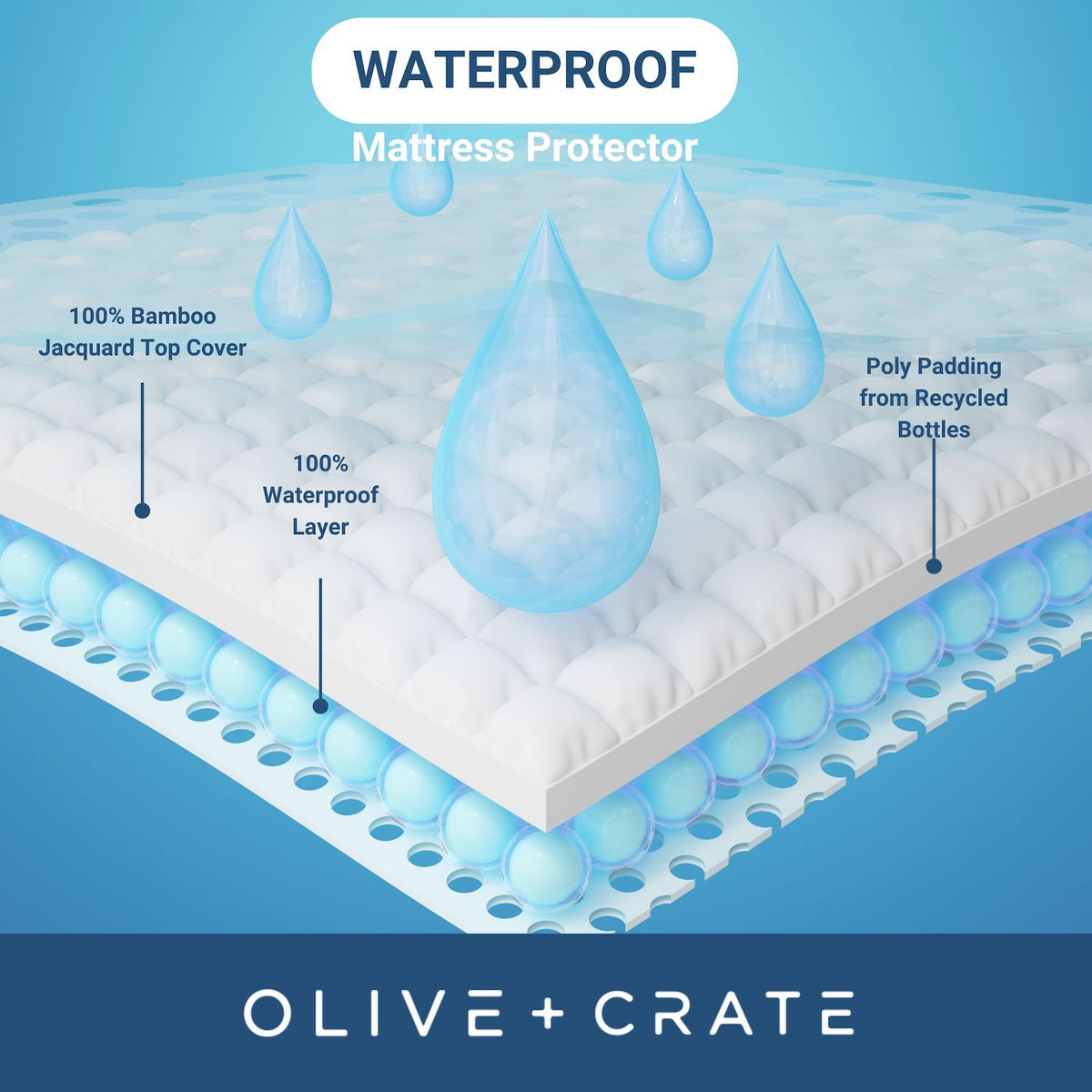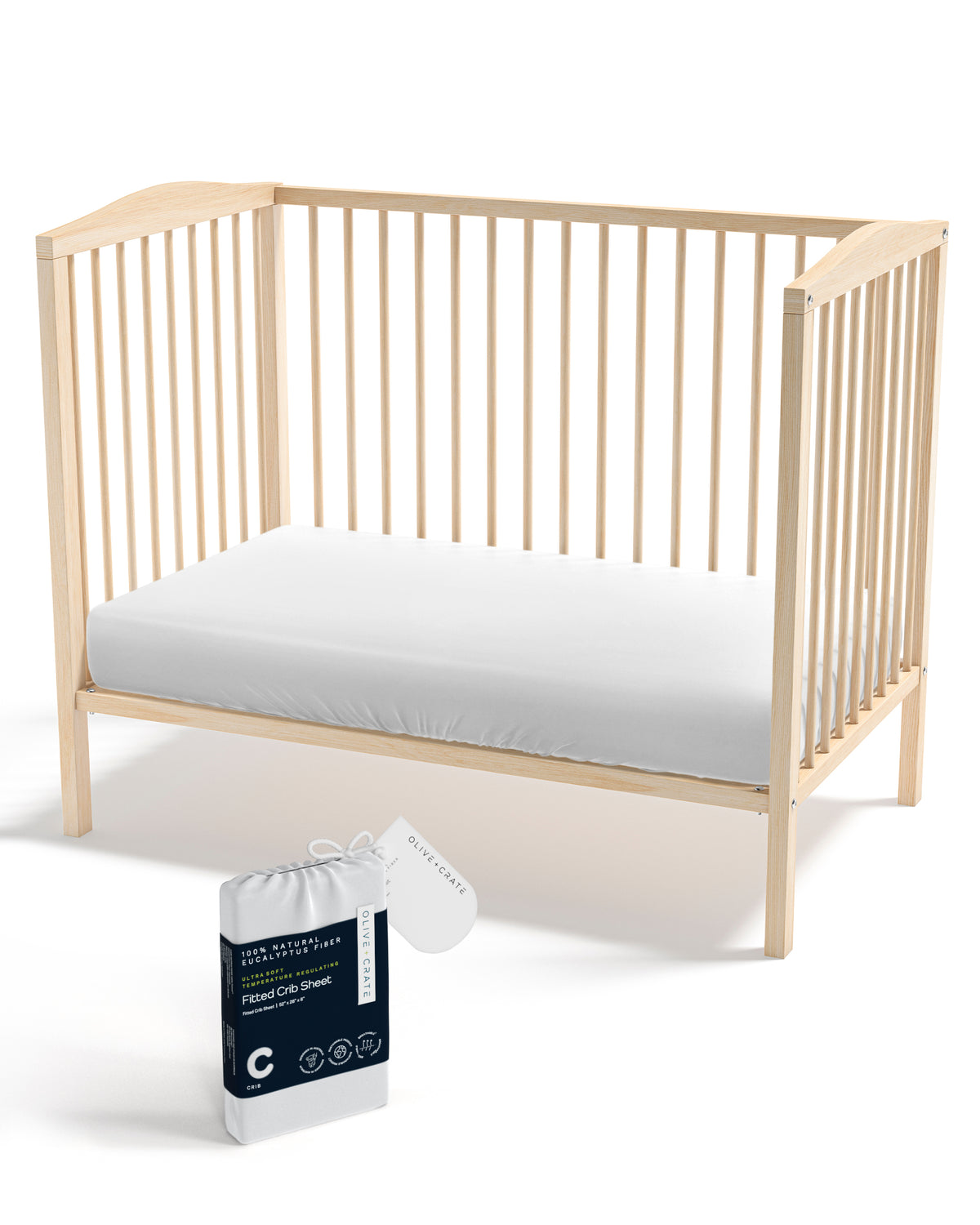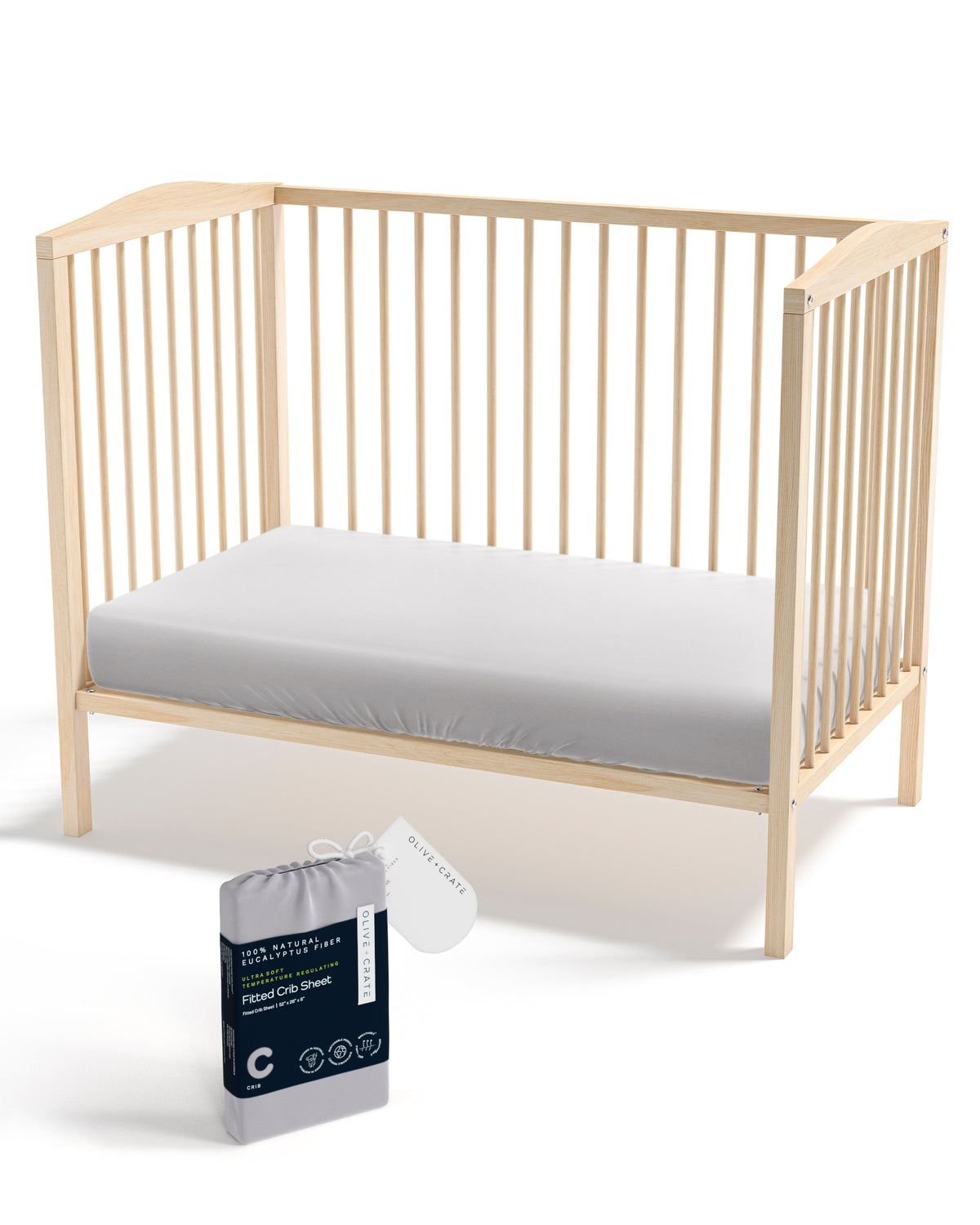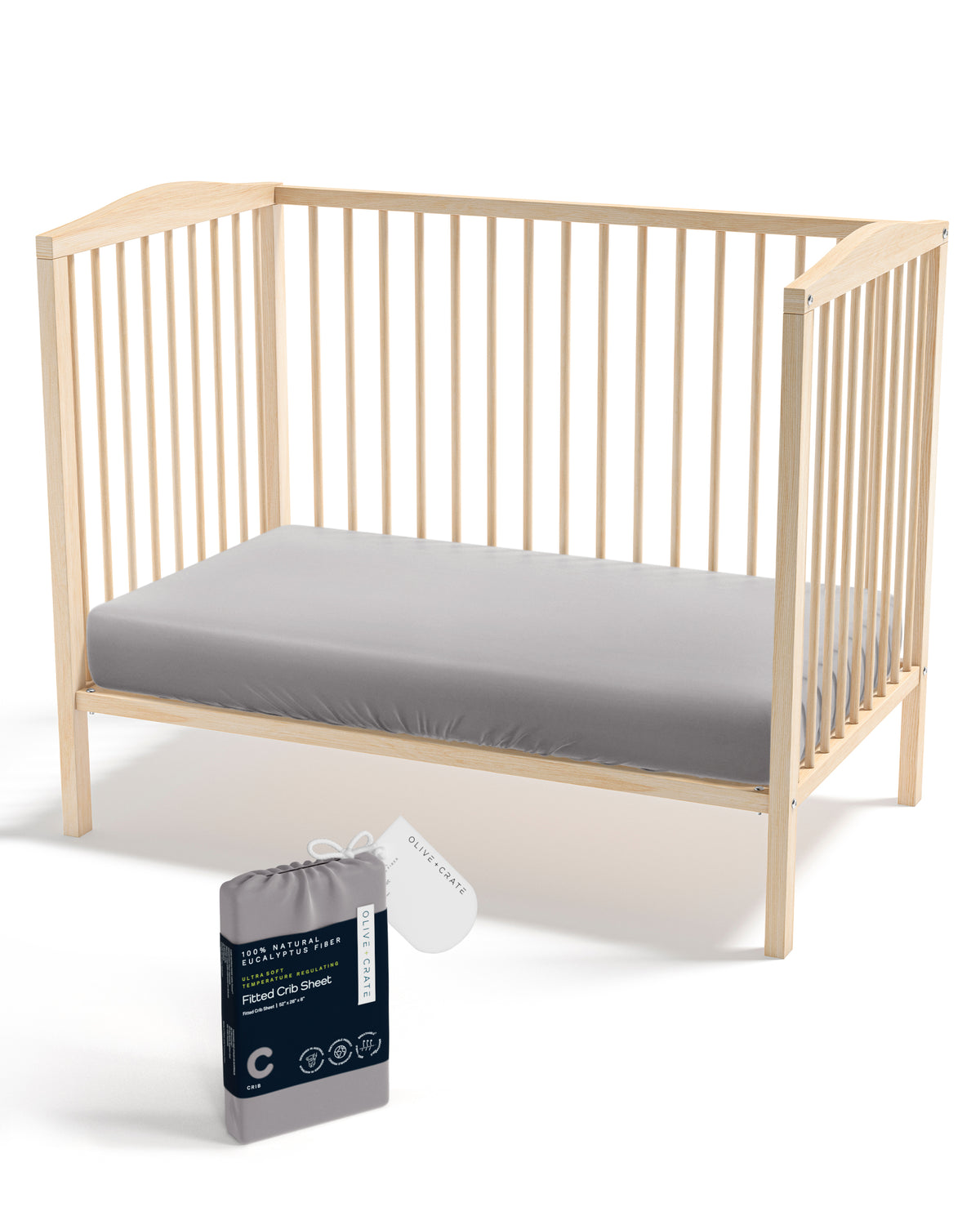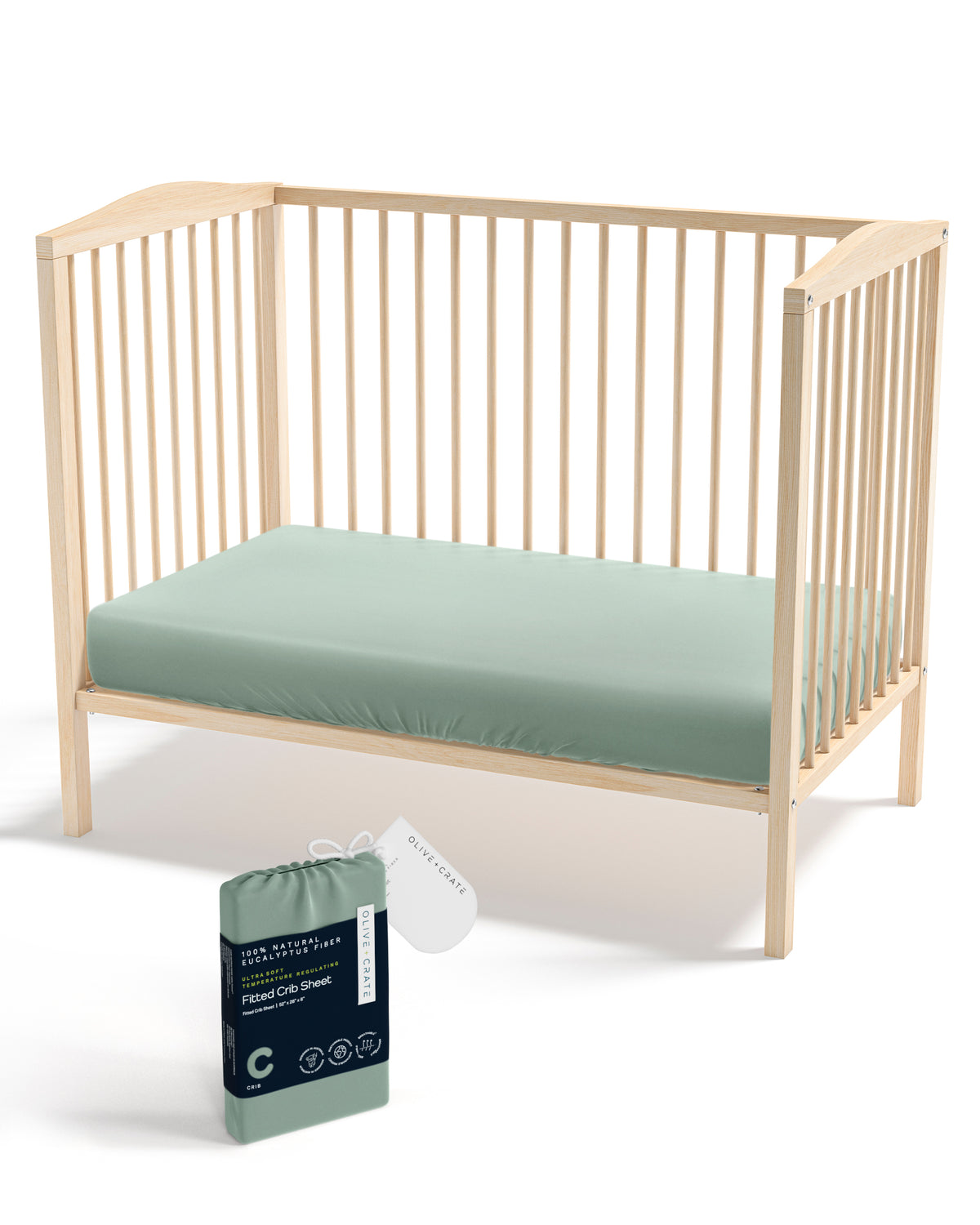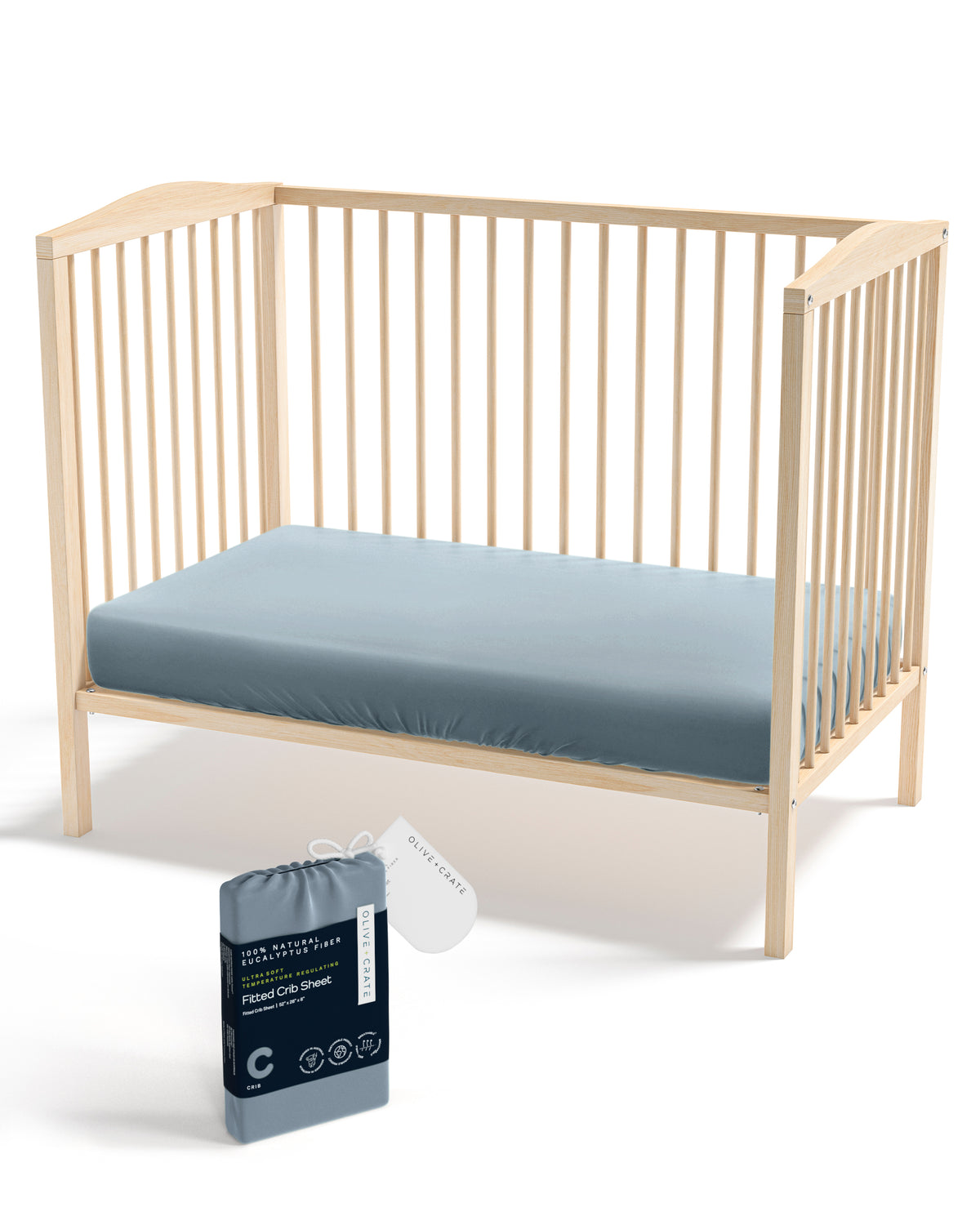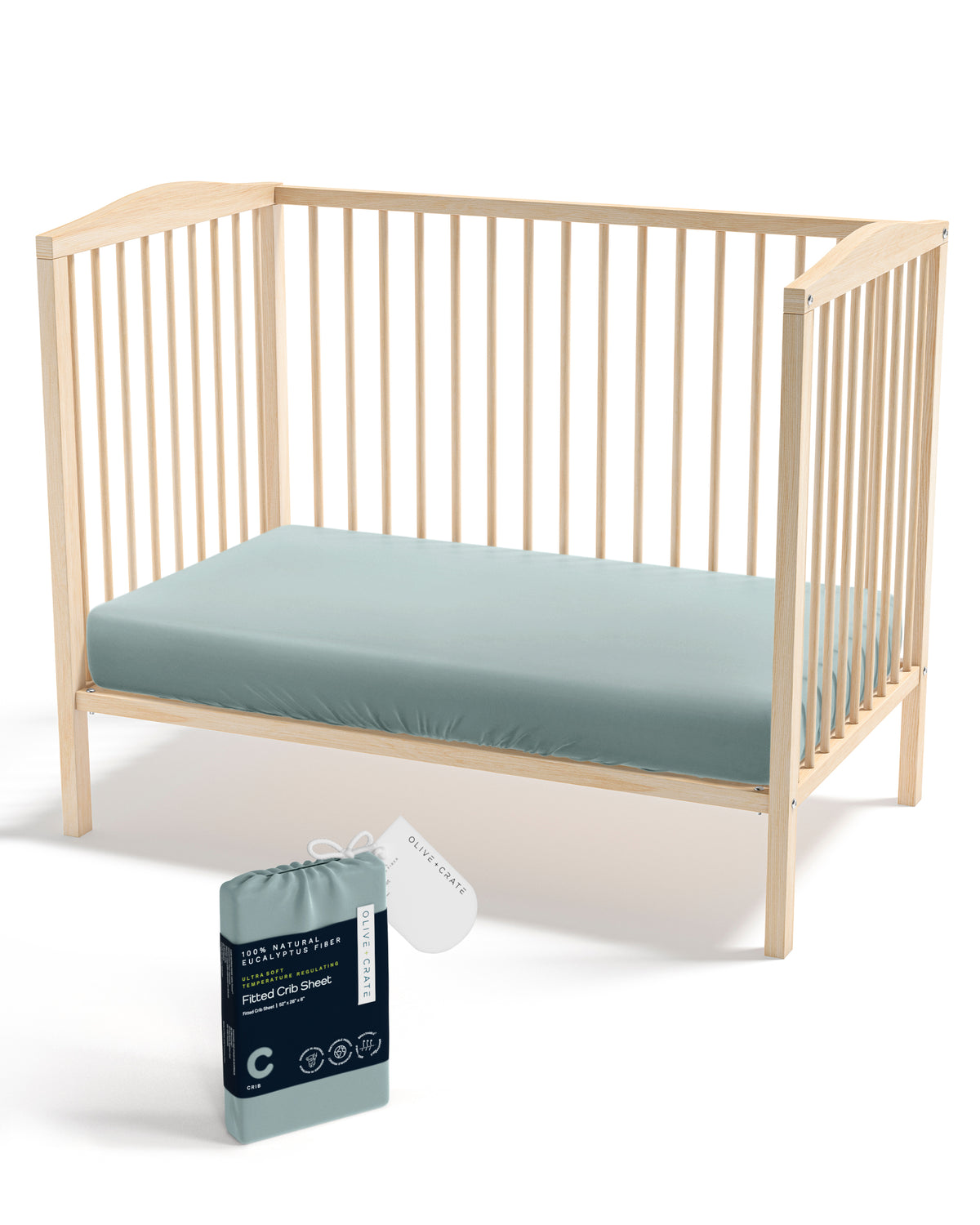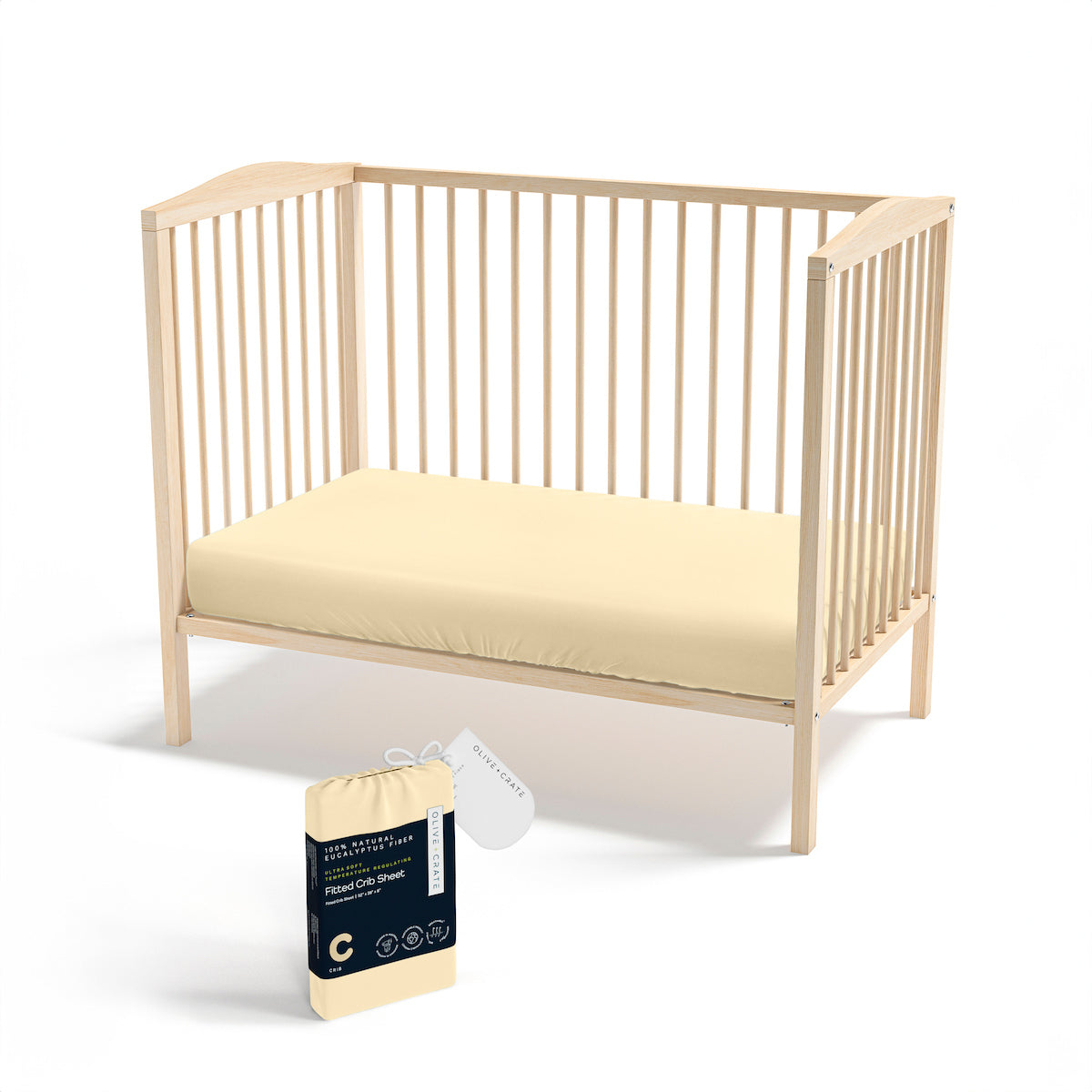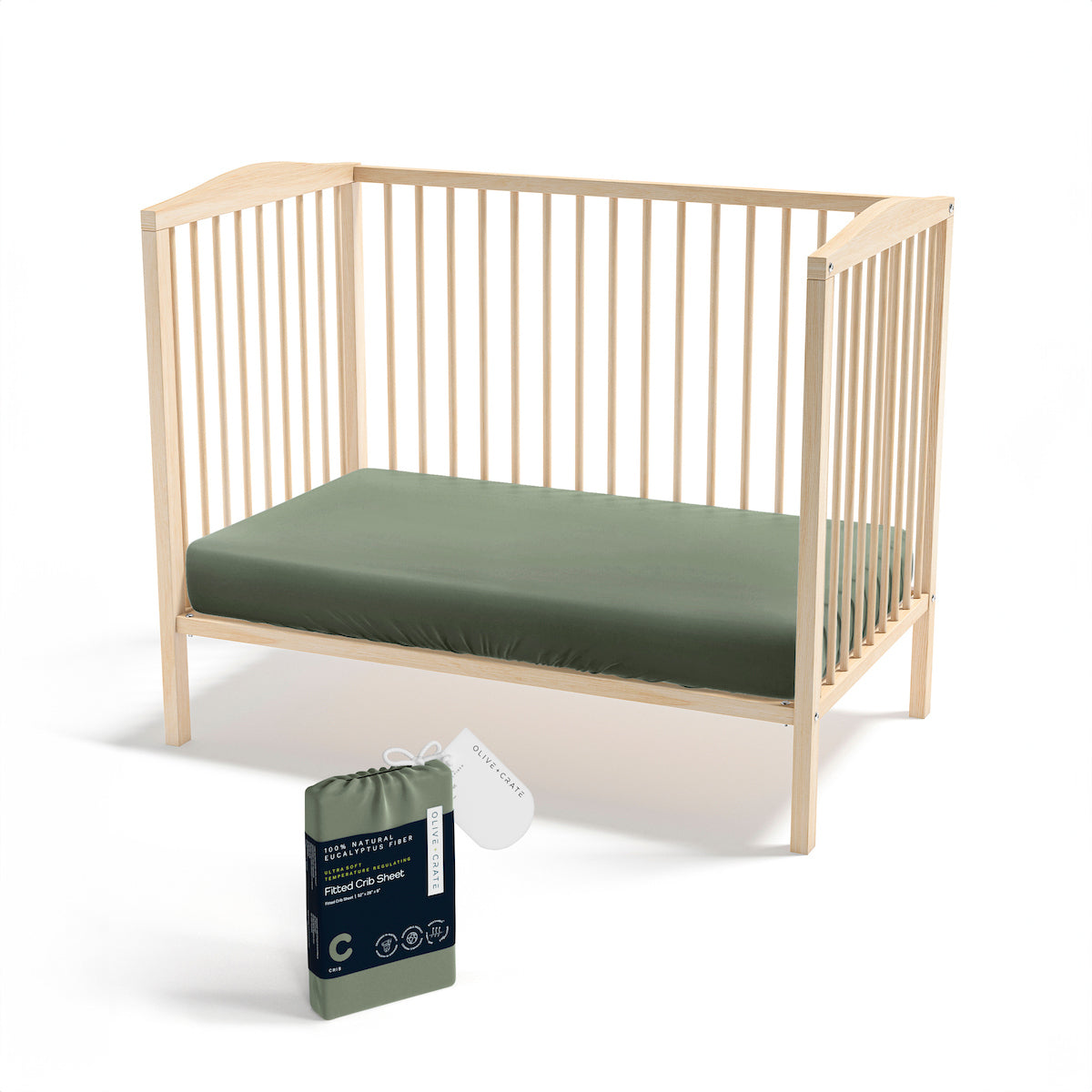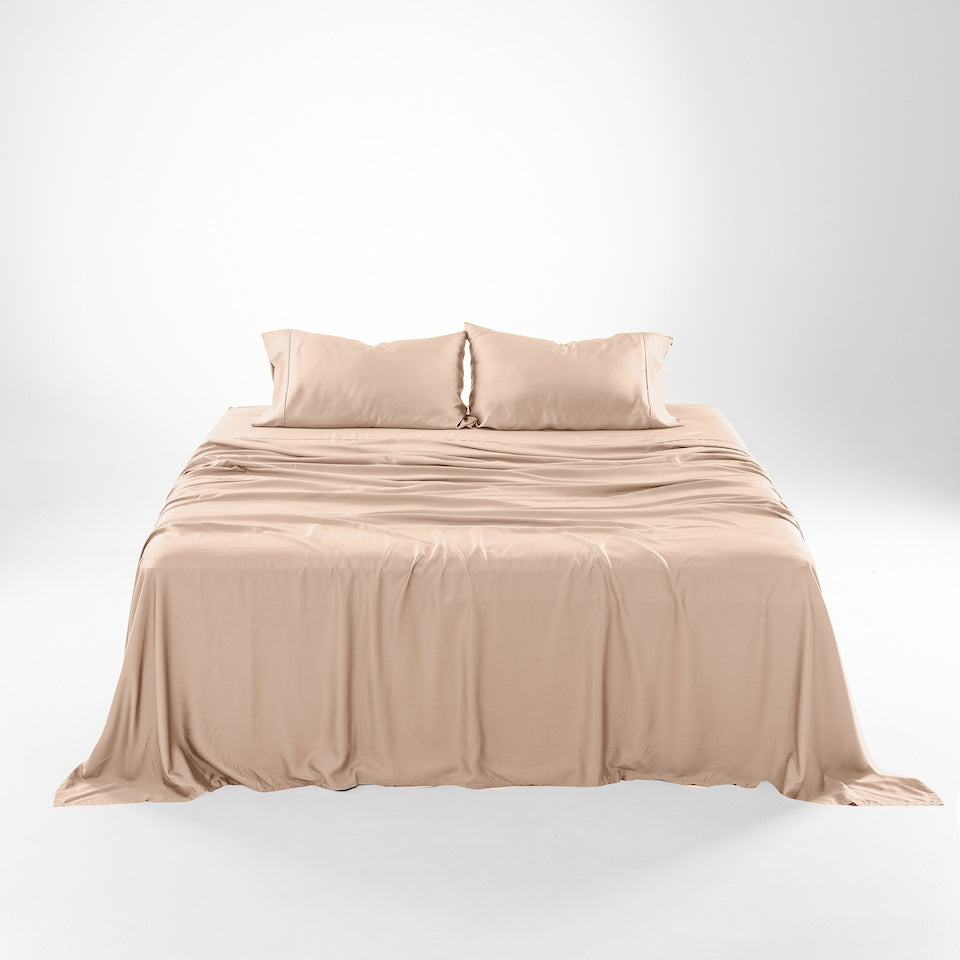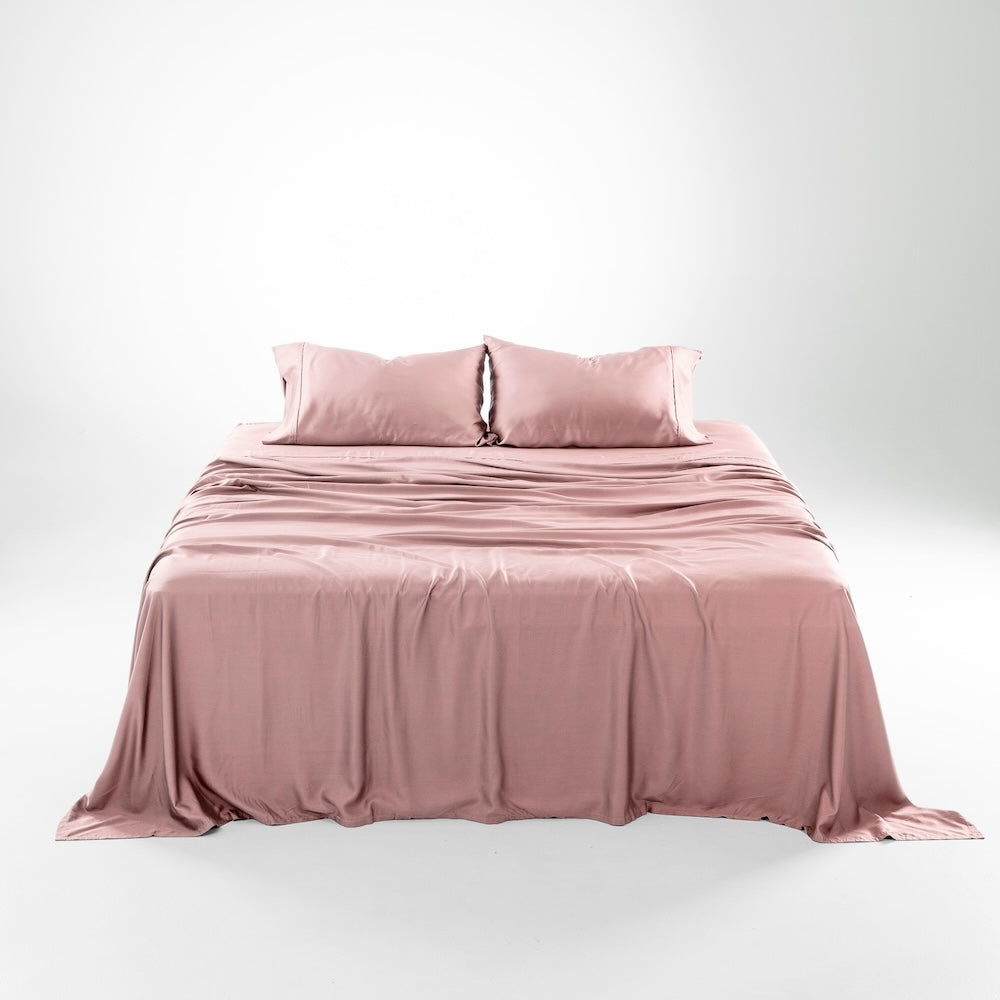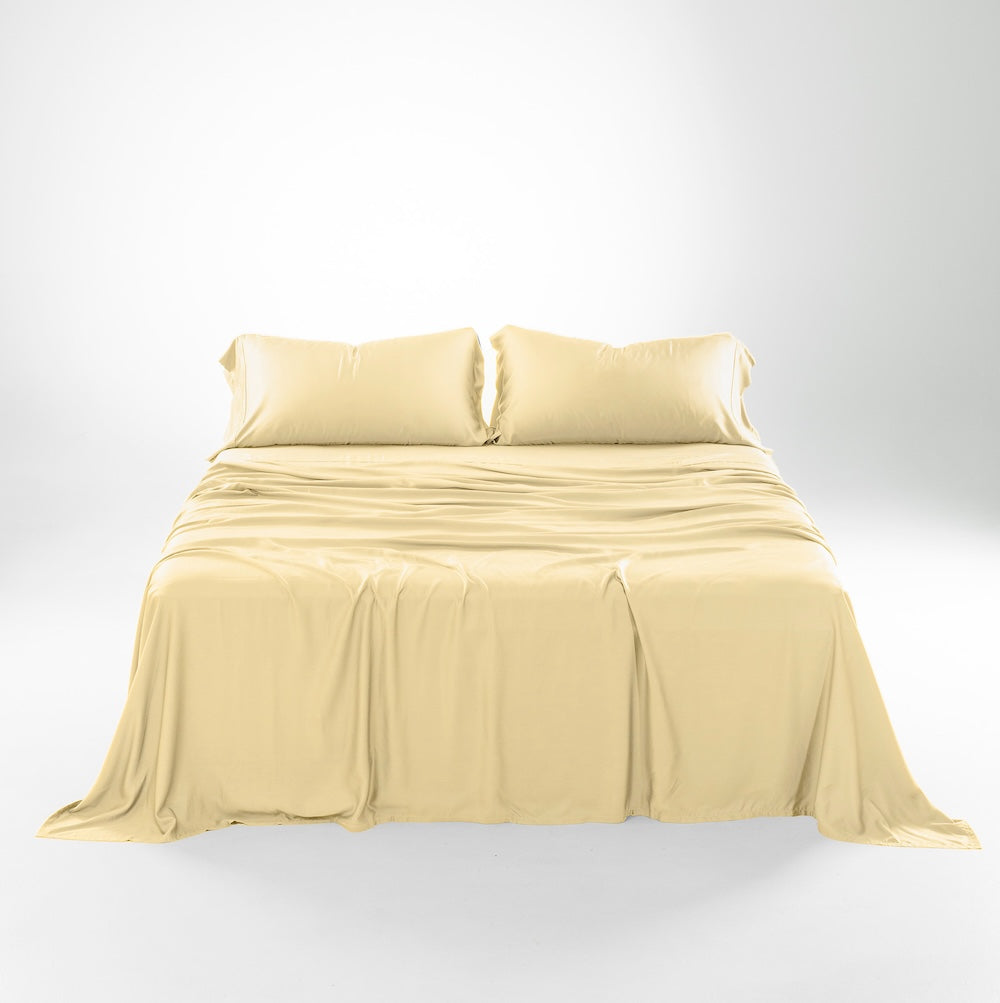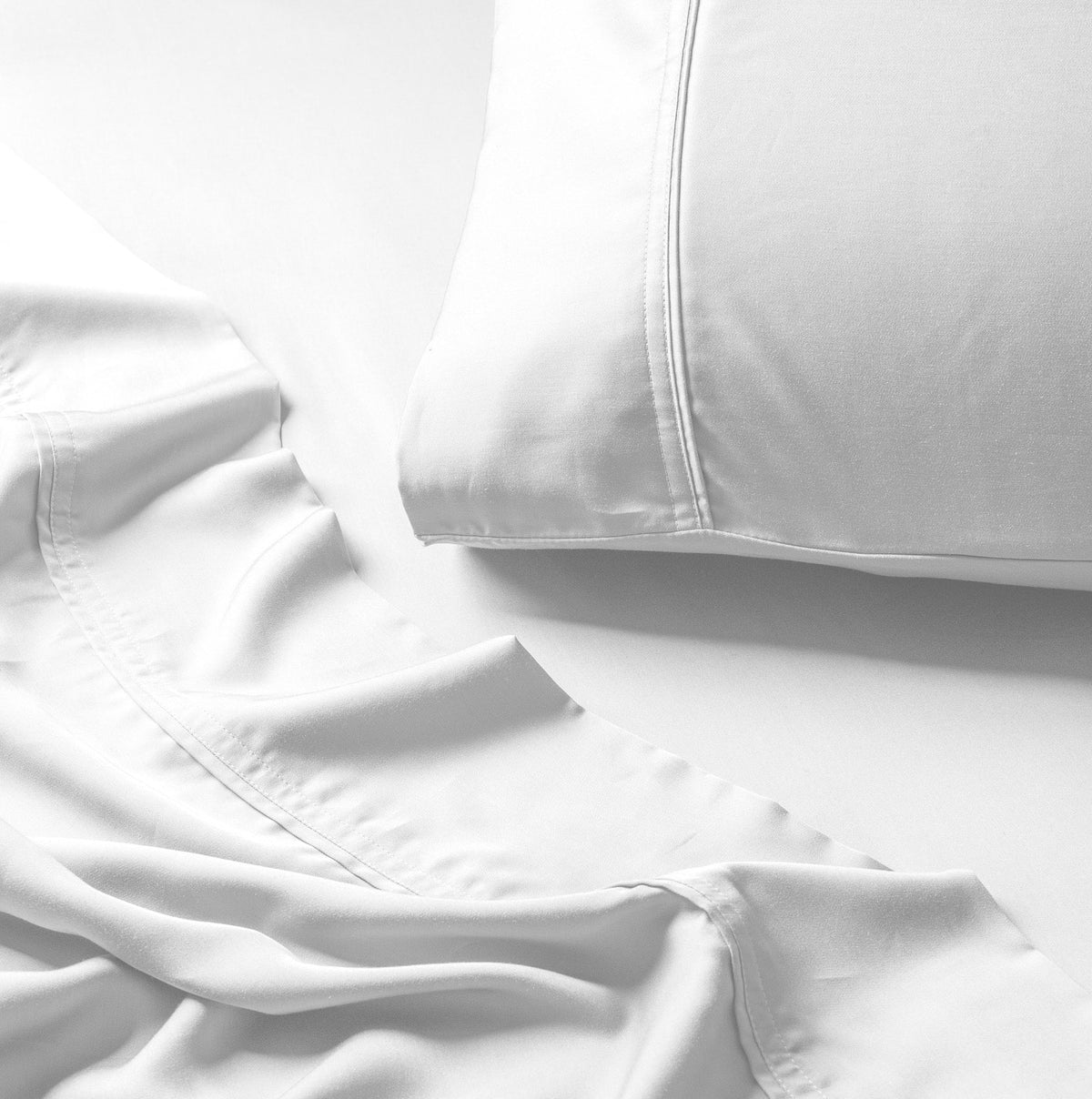Why Cooling Bedding Became Essential (Not Just Trendy)
Cooling bedding isn't a fleeting trend; it's here to stay. It addresses a real need: better sleep. Many people overheat at night, disrupting their rest and affecting their well-being. Traditional bedding often worsens this problem. Standard materials like cotton or polyester can be comfortable, but they also trap heat and moisture, leading to restless nights. This happens because these materials aren't designed to handle our body's natural temperature changes during sleep.
Even if you fall asleep easily, you might wake up hot throughout the night. This disrupts crucial sleep cycles, impacting everything from energy to focus. For those with night sweats or hormonal changes, overheating is especially disruptive. Check out this helpful article: How to master those hot nights without air conditioning.
The Science of Sleep and Temperature
Our bodies regulate temperature all day long, even while we sleep. Ideally, our core body temperature drops as we fall asleep, reaching its lowest point in the early morning. This drop tells our brain it's time to rest, promoting deeper, more restorative sleep.
But when our bedding traps heat and moisture, this cooling is disrupted. Imagine trying to cool off on a hot day wrapped in a thick blanket. The trapped heat stops your body from releasing warmth, making you uncomfortable and disrupting your sleep. This is why cooling bedding is so important. It needs to work with your body's natural temperature regulation, not against it. The global home bedding market, including cooling bedding, reflects this growing demand. It reached about $92.89 billion in 2024 and is expected to hit $101.36 billion in 2025. This growth is driven by more awareness of sleep health and new textile technology. For more statistics, see this report.
Let's take a look at some key statistics driving this market growth:
The following table provides a quick overview of the market's expansion and the key factors behind it.
Cooling Bedding Market Growth Overview: Key statistics showing the rapid expansion of the cooling bedding market and driving factors
|
Year |
Market Size (Billions) |
Growth Driver |
Impact Level |
|---|---|---|---|
|
2024 |
$92.89 |
Increased awareness of sleep health |
High |
|
2025 |
$101.36 |
Advancements in textile technology |
High |
|
2026 (Projected) |
|
Growing demand for temperature-regulating sleep solutions |
High |
As you can see, the increasing focus on sleep health and innovative technologies are major factors pushing the cooling bedding market forward. We can expect this trend to continue as more people recognize the importance of quality sleep for overall well-being.
Addressing the Issue with Innovative Technology
New developments in textile engineering and material science have created innovative cooling bedding solutions. These technologies do more than just feel cool; they actively manage temperature and moisture. Phase-change materials absorb and release heat, while advanced fiber engineering improves airflow. These innovations are changing how we sleep. People using cooling bedding report sleeping much better, waking up more rested and refreshed. This shows a shift from just managing discomfort to actively promoting better sleep using science and technology.
Cooling Mattresses: What Actually Works (And What Doesn't)
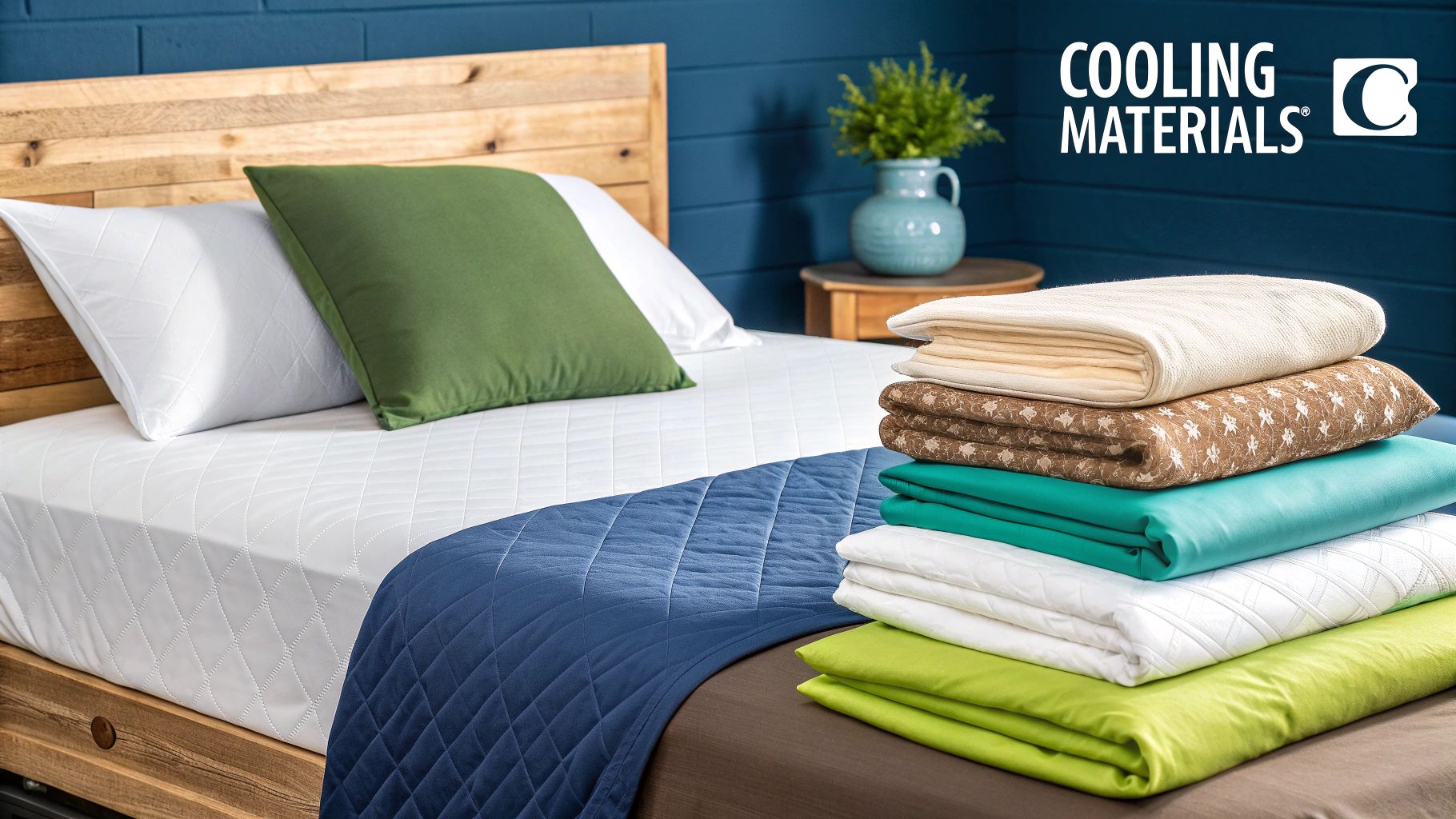
Finding the right cooling mattress can drastically improve your sleep. But with countless options promising the "ultimate cool sleep," choosing the best one can be a real challenge. This guide helps you cut through the marketing jargon and understand what truly matters in a cooling mattress.
Understanding the Cooling Technologies
Several technologies contribute to a cooler sleep. Gel-infused memory foam is a popular choice, designed to disperse heat. However, its effectiveness can vary. Some find it beneficial, while others notice its cooling power diminish over time.
Copper-infused mattresses are another option, marketed for their heat-conducting properties. Copper can indeed draw heat away, but its overall impact depends on the mattress's construction and the other materials used.
Phase-change material is another technology to consider. It absorbs and releases heat to maintain a consistent temperature. While effective, the quality and amount of this material used in the mattress are key factors.
Finally, advanced coil systems, often combined with breathable comfort layers, promote airflow within the mattress itself, which helps prevent heat buildup.
Matching Technologies to Sleep Styles and Body Types
Different cooling technologies suit different sleepers. Side sleepers, for example, might prefer gel-infused memory foam for its conforming comfort and pressure relief.
Back sleepers often benefit from the support of advanced coil systems paired with a cooling top layer. Stomach sleepers might favor a firmer mattress with good airflow, making a hybrid with phase-change materials and coils a good option.
Individual body temperature and sleep environment also play a role. Someone in a hot, humid climate will likely need more aggressive cooling than someone in a cooler, drier climate. Personal preferences matter!
The cooling mattress market is expected to see significant growth. From 2024 to 2032, a CAGR of 6.5% is projected. You can find more information on this growing market.
Durability and Maintenance: Key Considerations
While initial cooling is great, long-term performance is essential. Gel infusions can sometimes break down, lessening their cooling effect. Copper, while durable, may not offer consistent cooling throughout the mattress's lifespan. Understanding the durability of different cooling features is vital.
Proper maintenance also helps. A mattress protector can prevent moisture buildup and protect against spills. Regularly rotating your mattress ensures even wear, preserving its structure and cooling properties.
By understanding the different cooling technologies and considering durability and maintenance, you can choose a cooling mattress that provides truly restful sleep for years to come.
Cooling Sheets That Feel Amazing (Not Just Cold)

Cooling sheets offer a new level of comfort beyond a simple chilly surface. Textile engineering advancements have led to fabrics that wick away moisture, offer breathable weaves, and utilize other innovative treatments. These features differentiate truly effective cooling sheets from those that fall short.
Fiber Focus: From Natural To High-Tech
Different fibers offer unique cooling advantages. Bamboo and eucalyptus are popular natural choices known for breathability and softness. These materials naturally wick away moisture, regulating your body temperature throughout the night. Alternatively, high-tech synthetic fibers are engineered for superior moisture-wicking and quick-drying capabilities. Some synthetics even outperform natural fibers in breathability. The best fiber for you depends on personal preferences and your sleep environment.
For a deeper dive into cooling bed sheets, check out The Ultimate Guide to Cooling Bed Sheets for Hot Sleepers.
Beyond Thread Count: Weave and Construction
Thread count is often emphasized, but the sheet's weave plays a more significant role in temperature control. A percale weave offers a crisp, cool feel due to its looser construction and enhanced airflow. A sateen weave, while smooth and luxurious, can sometimes retain heat due to its tighter weave. Understanding weave is crucial for finding genuinely cooling sheets. Look for terms like "breathable" and "moisture-wicking" as indicators of a sheet's cooling ability.
Consumer Trends and Preferences
Preferences for cooling sheets vary based on factors like age, climate, and individual sleeping habits. People in warmer climates often look for moisture-wicking and breathability. Older adults and those experiencing hormonal changes that cause night sweats may prefer temperature-regulating materials, such as those with phase-change technology. Finding the right sheet means considering your individual needs and sleep setting.
Caring for Your Cooling Investment
Proper care maximizes the lifespan and effectiveness of your cooling sheets. Always follow the manufacturer's care instructions. Avoid harsh detergents and fabric softeners, which can impact breathability and moisture-wicking. Consider air-drying to maintain softness and avoid heat damage. These steps ensure your cooling sheets provide long-lasting comfort.
The adult cooling sheet market is experiencing substantial growth, driven by textile engineering advancements and growing consumer interest in health and well-being. The market reached approximately $295.63 million in 2024, with a projected CAGR of 5.94%, reaching $418.01 million by 2030. For detailed statistics, see this report.
Cooling Bedding Technologies: The Honest Comparison
Cooling bedding has come a long way. It's not just about surface coolness anymore. Modern technologies tackle the core reasons we overheat, offering smart solutions for better sleep. Let's explore the science behind these developments and compare how well they work so you can pick the perfect bedding for your needs.
Gel Infusions: Popular, But Not Perfect
Gel-infused memory foam is a well-known cooling option. It spreads heat away from your body. But the cool feeling might not last. The gel can warm up pretty fast, especially if you're a hot sleeper. Plus, the gel can change how the memory foam feels, sometimes making it less supportive.
Copper: The Heat Conductor
Copper is great at conducting heat. Copper threading woven into bedding fabrics is meant to pull heat away. Copper can work, but how much depends on how much is used and how it's added to the bedding. Some people really notice the cooling, while others don’t.
Phase-Change Materials: Temperature Control
Phase-change materials (PCMs) are a more high-tech solution. They absorb and release heat as they change between solid and liquid, keeping a steady temperature. PCMs are very good at temperature control, but they can be expensive.
Moisture-Wicking Fabrics: The Hidden Advantage
Moisture-wicking is key for cool bedding. These fabrics draw moisture from your skin, letting it evaporate quickly. This keeps you dry and cool all night. Natural fibers like bamboo and eucalyptus are naturally moisture-wicking, while synthetic fabrics are often treated to do the same.
The infographic illustrates the thermal conductivity, average nightly body temperature reduction, and airflow of materials such as cotton, bamboo, microfiber, and TENCEL fibers. Bamboo and TENCEL fibers outperform cotton and microfiber in terms of thermal conductivity and airflow, resulting in a greater decrease in body temperature. This underscores the significance of selecting the appropriate material for maintaining coolness.
To assist in comparing various cooling technologies, we have provided the following table:
Cooling Bedding Technology Comparison: This table outlines different cooling bedding technologies, detailing their mechanisms and effectiveness.
|
Technology Type |
Cooling Mechanism |
Effectiveness Rating |
Price Range |
Best For |
|---|---|---|---|---|
|
Gel Infusions |
Disperses heat |
Moderate |
Moderate |
Budget-conscious buyers |
|
Copper |
Conducts heat away |
Moderate to High |
Moderate to High |
Those who prefer a noticeable cooling effect |
|
Phase-Change Materials |
Absorbs and releases heat |
High |
High |
Hot sleepers seeking consistent temperature control |
|
Moisture-Wicking Fabrics |
Evaporates moisture |
Moderate to High |
Varies |
Individuals who sweat heavily at night |
This table provides a straightforward comparison of the advantages and disadvantages of each cooling technology, helping you select the one that aligns with your needs and budget. It is important to note that moisture-wicking is a beneficial feature regardless of the other technologies considered.
Emerging Technologies: What's Next?
Research is always looking for new ways to keep us cool at night. Things like aerogel and thermoelectric cooling might offer even better temperature control in the future. These could change how we sleep, offering personalized cooling for everyone.
Choosing What's Right for You
The best cooling technology depends on what you like, your budget, and where you sleep. Think about your climate, how you sleep, and any sleep problems you have. Also think about how long each technology will last and how to care for it. Some cooling features need special care or won't last forever. By understanding these different technologies, you can make a smart choice and enjoy cooler, more restful sleep.
Getting Maximum Results From Your Cooling Bedding Investment
Investing in cooling bedding, like the premium eucalyptus fiber options from Olive + Crate, is a great first step toward better sleep. But to truly maximize the benefits of your cooling sheets, pillows, or mattress, you need to consider your overall sleep environment. Think of it like this: you wouldn't put low-grade fuel in a high-performance car and expect it to run efficiently. Your cooling bedding needs the right support to work its magic.
Layering for Optimal Temperature Control
Proper layering maximizes the effectiveness of cooling bedding. Begin with a cooling mattress as your foundation, then add cooling sheets. For an extra touch of cool comfort, consider a lightweight, breathable blanket made from natural fibers like eucalyptus. This multi-layered approach regulates your temperature at multiple contact points, much like layering clothing for warmth in cold weather.
-
Foundation: A cooling mattress provides the base layer of temperature regulation.
-
Breathability: Choose cooling sheets from breathable materials like TENCEL™ eucalyptus.
-
Lightweight Layer: A thin blanket adds comfort without trapping heat.
Room Environment Optimization: Temperature and Humidity
Controlling your bedroom's temperature and humidity is key. Ideally, a slightly cooler room between 60-67°F (15-19°C) works best with cooling bedding. Lower humidity also helps, as moisture in the air can counteract the benefits of moisture-wicking fabrics. A dehumidifier or air conditioner can create a drier, cooler sleep space.
Avoiding Common Mistakes
Simple mistakes can diminish the effectiveness of your cooling bedding. Using a thick, non-breathable comforter or blanket negates the benefits of cooling sheets. Similarly, using cooling bedding on a traditional mattress limits its cooling potential. Ensure every layer of your bedding promotes temperature regulation.
Seasonal Adjustments for Year-Round Comfort
Your cooling needs vary throughout the year. A lightweight blanket might suffice during summer, while a heavier, yet still breathable blanket offers more warmth during cooler months. Adjusting your layers seasonally ensures consistent comfort all year round.
Troubleshooting and Maintenance
If your cooling bedding isn't performing as expected, check for simple problems. Ensure your sheets are clean and avoid fabric softener, as it can hinder breathability. Also, confirm your mattress protector is made from a breathable material to prevent heat trapping. Regularly wash your bedding as directed by the manufacturer (like those provided by Olive + Crate) to maintain effectiveness and ensure comfortable sleep for years to come.
Beyond cooling bedding, optimizing your bedroom environment is important. Consider using energy-efficient window treatments to further improve your sleep.
The Real Health Benefits You Can Expect
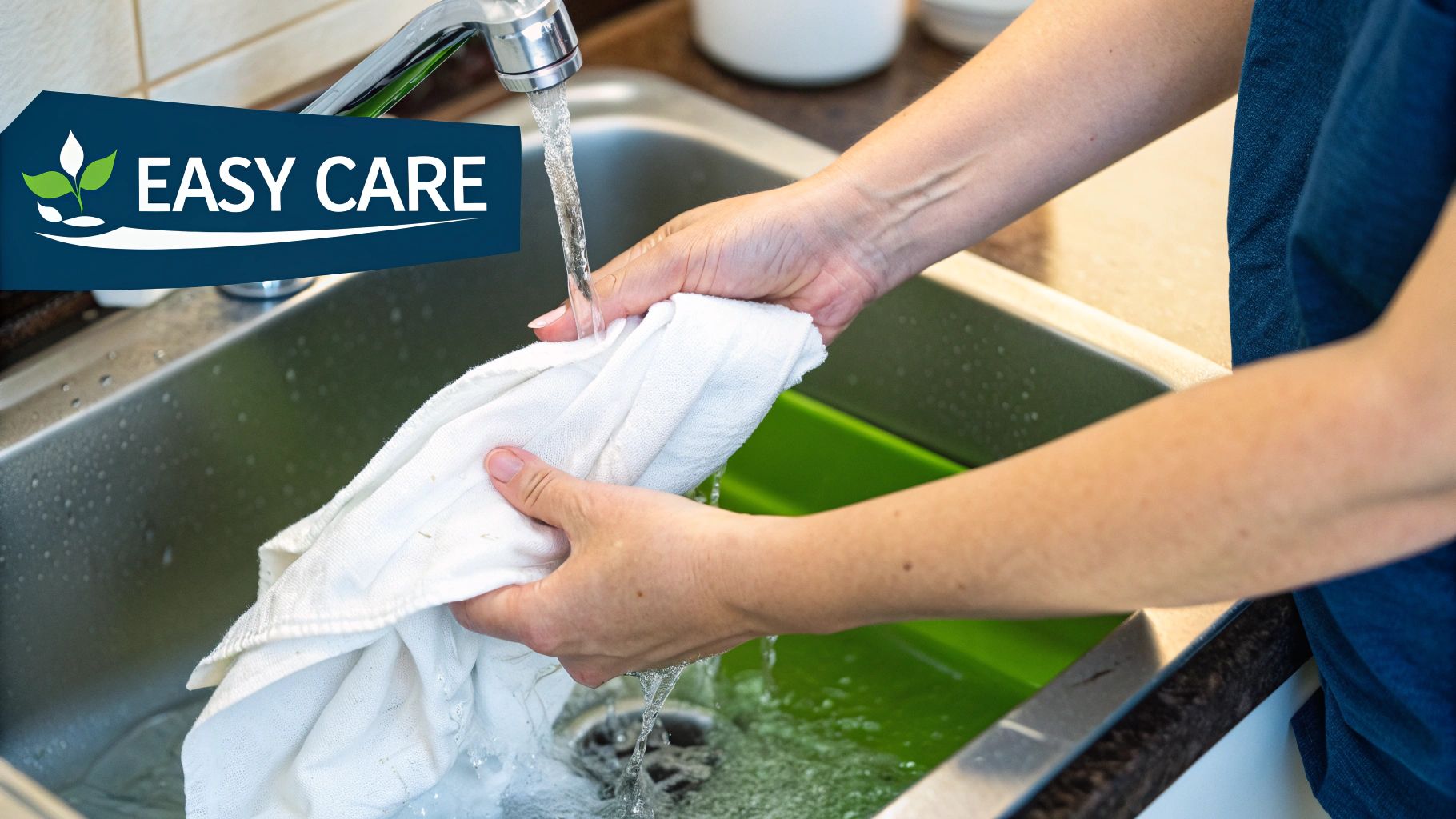
Cooling bedding offers more than just a comfortable night's sleep. It can have a positive impact on your overall health and well-being. Maintaining the ideal sleep temperature is scientifically linked to more restful sleep, improved recovery, and sharper cognitive function.
Deeper Sleep, Better Recovery
Finding the right sleep temperature encourages deeper, more restorative sleep cycles. This is essential because deep sleep is when our bodies repair tissues, build bone and muscle, and bolster the immune system. Cooling bedding helps create this optimal temperature, contributing to better physical recovery. This is especially helpful for athletes and those with active lifestyles. Learn more in our article about how eucalyptus bedding can impact your sleep.
Improved Cognitive Function
Temperature regulation also plays a vital role in cognitive function. Overheating can disrupt sleep, leading to daytime fatigue and diminished cognitive performance. Cooling bedding helps maintain a consistent and comfortable temperature, promoting higher quality sleep. This, in turn, leads to improved focus, concentration, and better cognitive function overall.
Hormonal and Immune System Benefits
Temperature influences hormone production, especially melatonin, the sleep hormone. A cooler sleep environment supports healthy melatonin production, further enhancing restful sleep. A well-regulated body temperature during sleep also benefits the immune system, letting your body focus on repair and restoration.
Addressing Specific Health Conditions
Cooling bedding can be particularly helpful for people who experience night sweats, a common symptom of menopause. It can also offer relief for those with medical conditions that impact temperature regulation. By reducing temperature fluctuations, cooling bedding fosters a more comfortable and consistent sleep environment.
Measurable Improvements and Realistic Expectations
While individual results will vary, many people report significant improvements in sleep quality, energy levels, and mood after switching to cooling bedding. Optimizing your bedroom environment beyond just bedding is also key. Explore energy efficient window treatments to create a more comfortable and cool atmosphere. Here are some ways these improvements might show up:
-
Increased Deep Sleep: Use a wearable device or a sleep app to track your sleep stages and measure any increase in deep sleep.
-
Improved Energy Levels: Pay attention to your energy levels throughout the day and see if you notice less fatigue after consistently using cooling bedding.
-
Enhanced Mood: A more positive mood and less irritability can be a result of better sleep quality.
-
Reduced Night Sweats: If you experience night sweats, observe if there's a decrease in episodes, allowing for more uninterrupted sleep.
Investing in cooling bedding, such as the premium eucalyptus options from Olive + Crate, is more than just buying comfort; it's an investment in your overall health and well-being. While you might not see changes immediately, consistent use, combined with a sleep-supportive environment, can offer significant and measurable health benefits that extend beyond the bedroom.
Your Roadmap To Better Sleep Tonight
Ready to improve your sleep? This section offers a practical guide to choosing and using cooling bedding that suits your needs and budget. We'll cover pre-purchase considerations, misleading marketing tactics, and how to evaluate reviews effectively. One real health benefit of using cooling bedding is achieving better sleep, which you can enhance further by optimizing your bedroom environment. Learn more about the benefits of natural light.
Key Questions Before You Buy
Before purchasing cooling bedding, think about these important questions:
-
What are your main sleep difficulties? Do you often feel overheated? Do you wake up sweaty? Identifying your specific problems helps you find the right solutions.
-
What’s your budget? Cooling bedding prices range from budget-friendly to high-end. Having a budget in mind helps narrow down your choices.
-
What materials are you drawn to? Natural fibers like eucalyptus and bamboo are known for their breathability, while synthetic fabrics provide advanced moisture-wicking capabilities.
-
How do you usually sleep? Side sleepers might prioritize pressure relief, while back sleepers could focus on support and breathability.
Decoding Product Claims: Separating Fact From Fiction
Marketing can be deceptive. Don’t just rely on buzzwords like "instant cooling." Instead, pay attention to the product's specific attributes. Look for details about the materials, fabric weave, and certifications (like OEKO-TEX®) that verify the product's quality.
Here’s how to avoid the hype:
-
Focus on the details: Search for specifics about materials, construction, and testing procedures.
-
Be cautious of exaggerated language: Phrases like “best ever” or "ultimate cooling" are often just marketing speak.
-
Read independent reviews: Find unbiased reviews from credible sources to get an honest assessment of the product.
Evaluating Reviews: Finding Real Insights
Online reviews can be insightful, but it’s important to read them critically. Look for reviews that offer specific details about the product's performance. For example, a review describing how a sheet feels after several washes offers more valuable information than a review that simply calls it "great."
-
Prioritize detailed experiences: Find reviews that discuss the product’s performance in detail.
-
Consider the reviewer's situation: Does the reviewer's sleep environment or personal preferences match yours?
-
Look for recurring themes: Are there pros and cons mentioned across multiple reviews?
Trial Periods, Warranties, and Returns: Protecting Your Investment
It’s smart to protect your purchase. Trial periods allow you to try the bedding at home. Warranties protect you against manufacturing defects. Return policies provide a safety net. These are all essential considerations, especially for bigger purchases like mattresses.
Implementing Your Cooling Bedding Strategy: A Step-by-Step Guide
Prioritize items that will make the biggest difference to your sleep:
-
Mattress: If your mattress retains heat, consider a cooling mattress as the most important change.
-
Sheets: Changing to cooling sheets greatly improves temperature regulation.
-
Pillow: A cooling pillow enhances comfort and prevents your head and neck from overheating.
-
Blanket: A lightweight, breathable blanket provides comfort without trapping excess heat.
Upgrade Your Sleep With Olive + Crate
Ready to experience truly comfortable sleep? Browse the premium, sustainable cooling bedding from Olive + Crate and discover how TENCEL™ eucalyptus fiber can improve your sleep.






